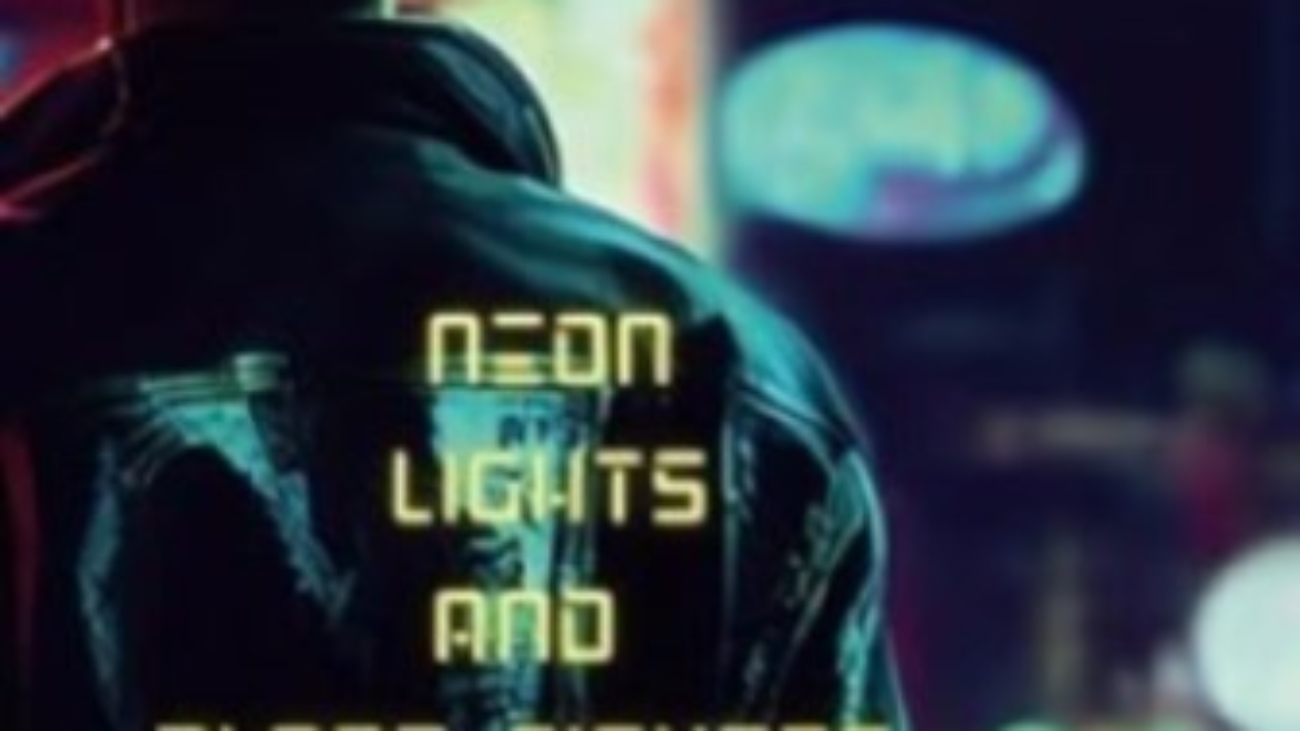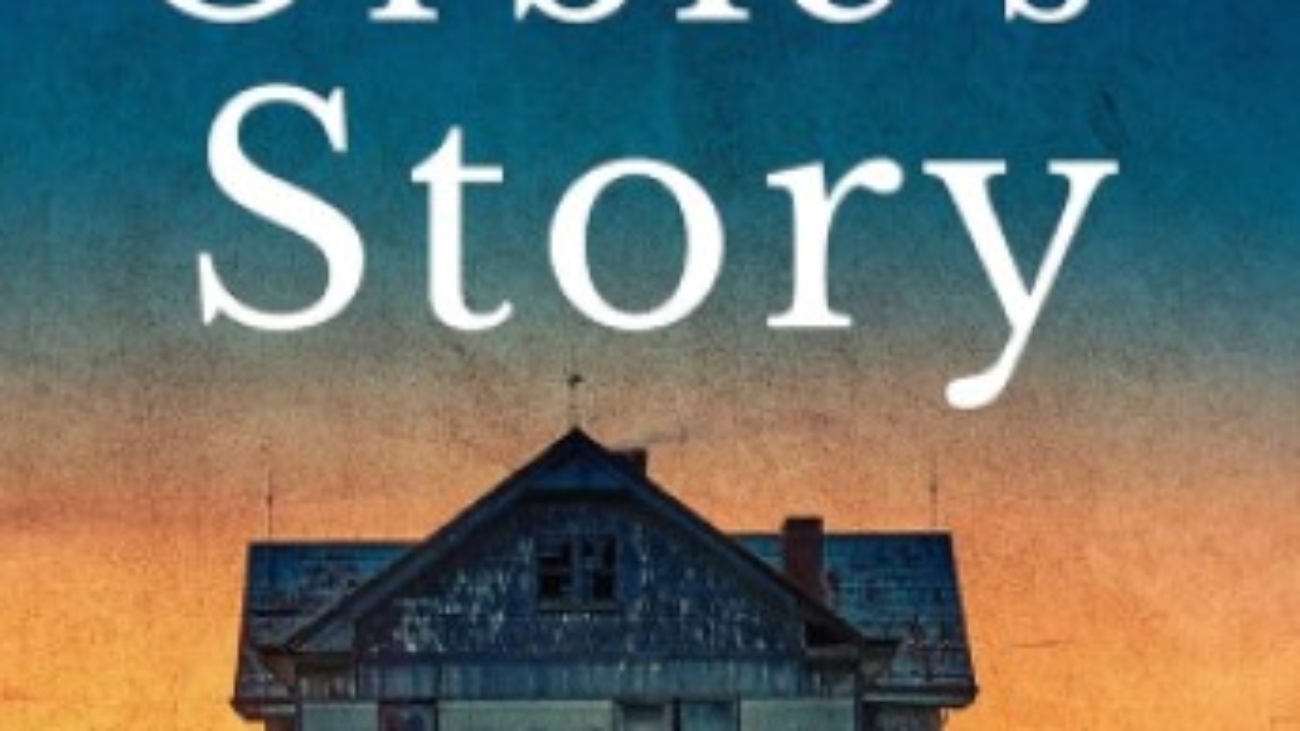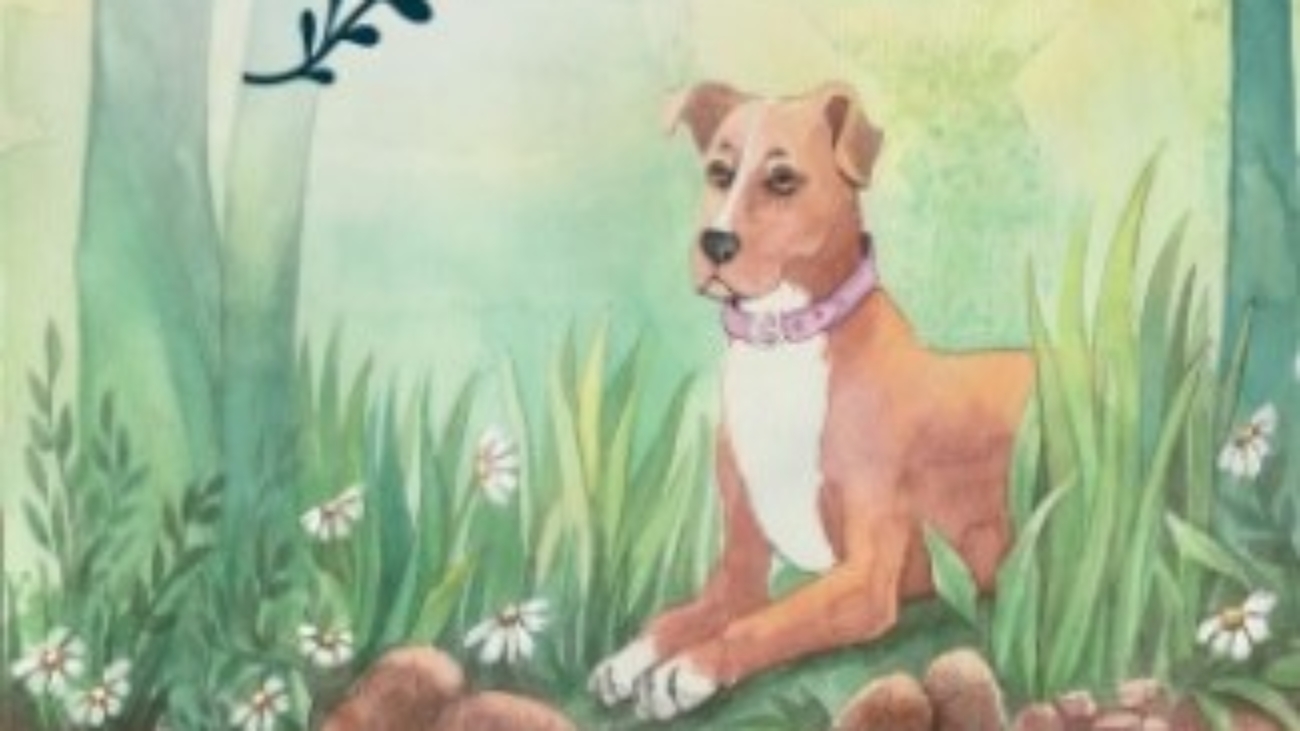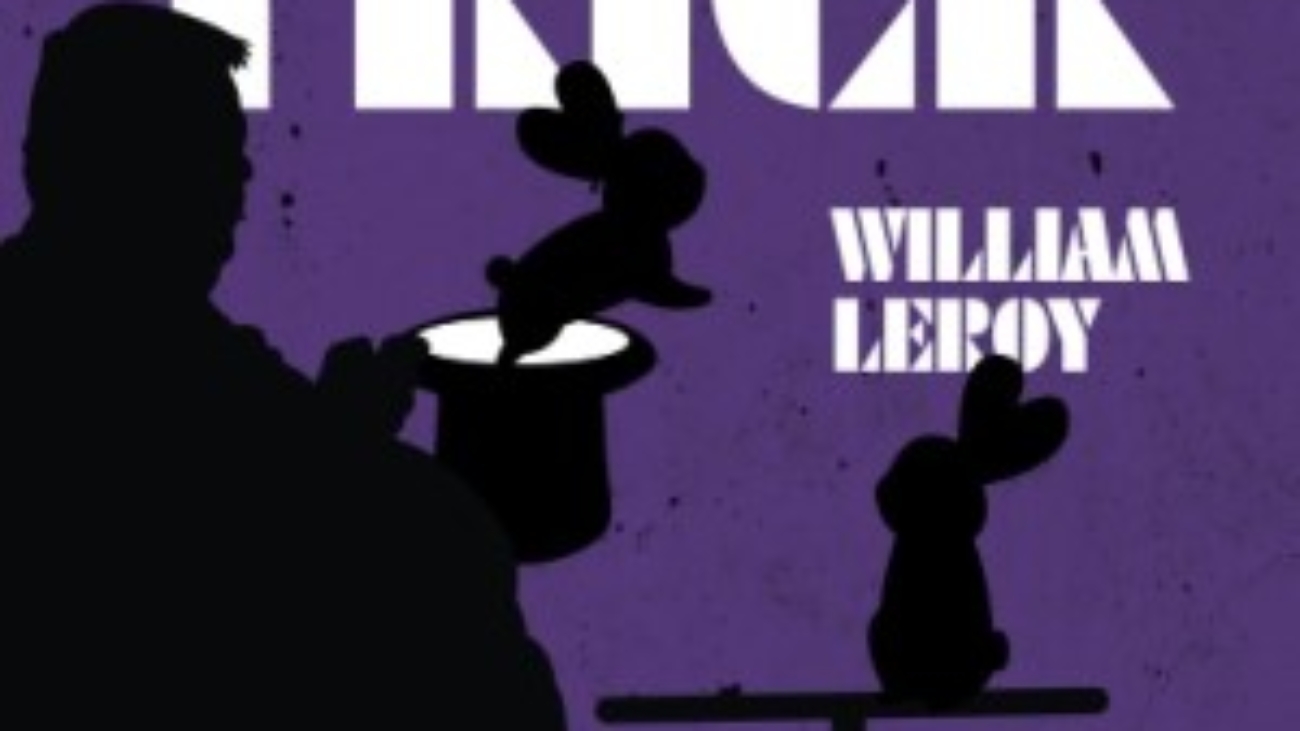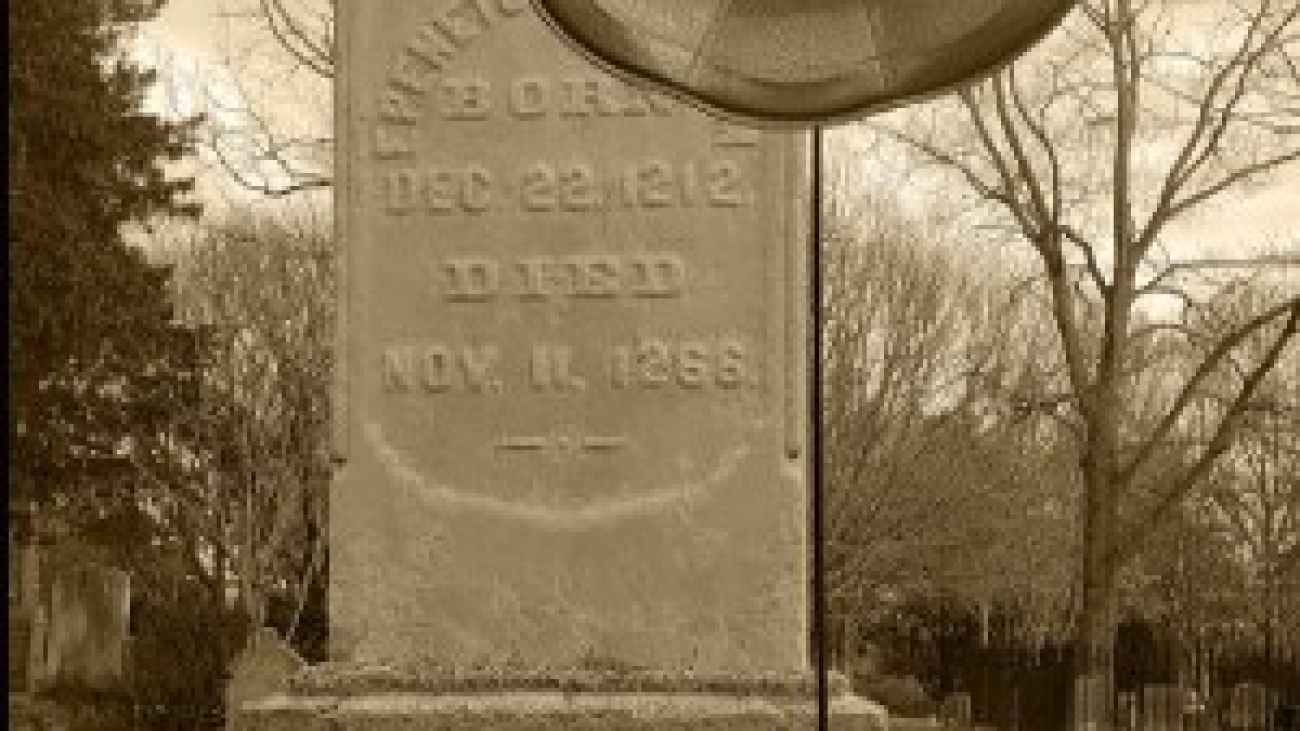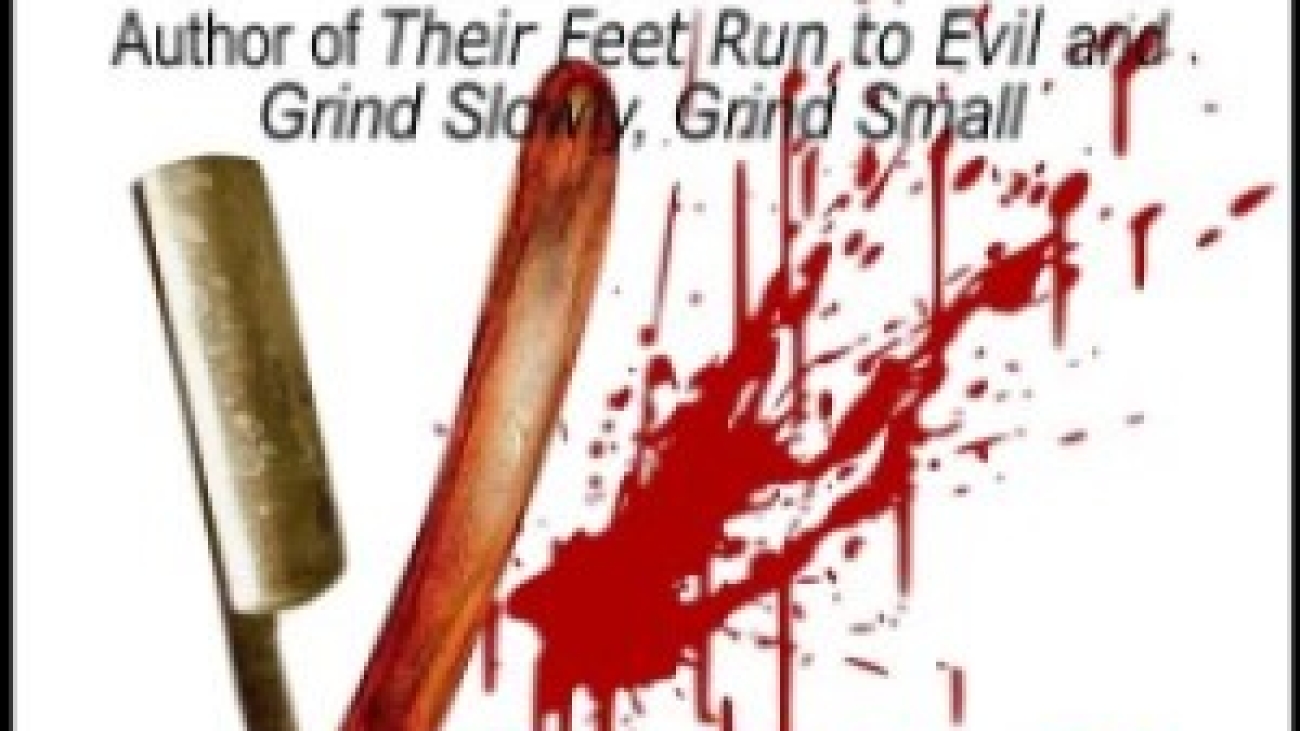Reviewed by Douglas R. Cobb
Every Silent Thing, by author Alan Brenham, is a terrific read for all fans of the mystery genre. It was my first encounter reading anything by Brenham, but I hope it won’t be my last, for I totally enjoyed reading this novel. Now, also knowing that Every Silent Thing is the first of a trilogy of mystery novels featuring the shy and deaf twenty-three-year-old Claire Deveraux, who works as a foreign service officer at the U.S. Embassy in Paris, makes me want to check out the other two books is the series. Purchase Here.
Right from the first page of Every Silent Thing, before I knew anything about the book, I felt myself drawn into the rapidly unfolding plot by the author’s style of writing. Deveraux witnesses an apparent murderer enter a women’s restroom at the Louvre, just before a woman does the same. When the man leaves a few minutes later, he locks eyes with Deveraux. Claire looks away, briefly, and the man melts into the crowd.
So, of course, what does Deveraux do, but let her curiosity get the better of her. She wonders about the woman who had entered the restroom but hadn’t yet come out of it. Upon entering the restroom, Claire sees a woman bleeding to death on the tiled floor.
For readers who dislike reading about any potential spoilers, don’t worry. I’ll try to limit them, but here are a few, so fair warning:
1.) Claire Deveraux is one of a set of triplets. Her two siblings are Megan and Boyd.
2.) Every Silent Thing contains a lot of knowledge about Europe in it and also great chase scenes.
3.) Claire’s identical appearance to her sister results in cases of mistaken identity.
The murder of the woman is tied into an international crime cartel. I enjoyed reading about how Claire Deveraux deals with the situation she finds herself in. Another spoiler: Megan’s ex-boyfriend, Randy, gets killed after getting into a dispute over stolen diamonds. Randy’s death prompts Megan to flee to Paris.
Oh, yeah — one further spoiler: Their brother, Boyd, gets kidnapped by these nasty cartel members, who think that Megan somehow has the stolen diamonds. These are just a few examples of some of the other plot intricacies author Alan Brenham weaves into this fine novel. I highly recommend that if you love reading terrific mysteries, check out Brenham’s book, Every Silent Thing. If you haven’t read Every Silent Thing yet, add it to your reading lists today!

